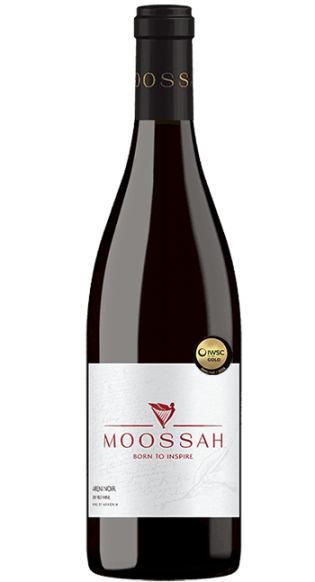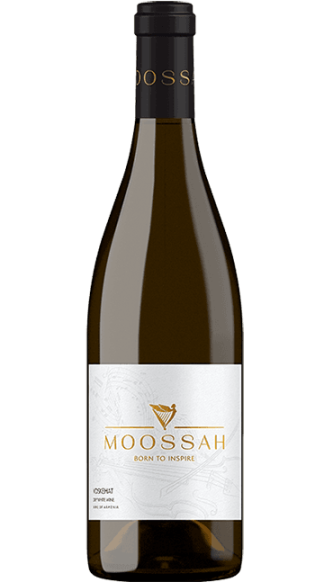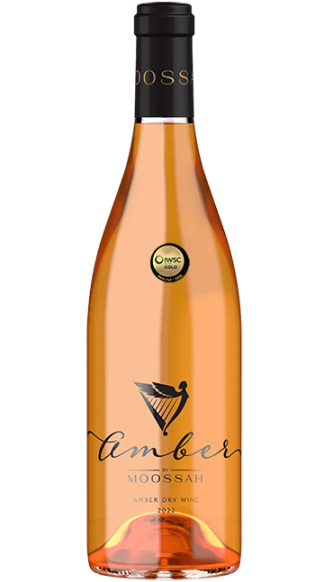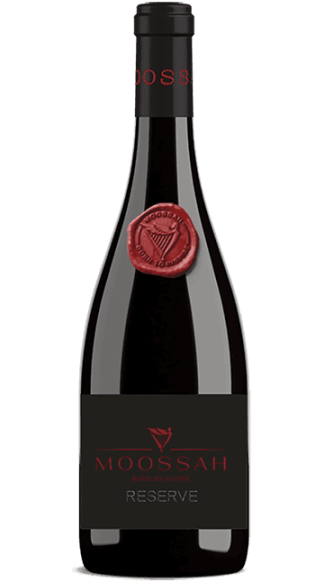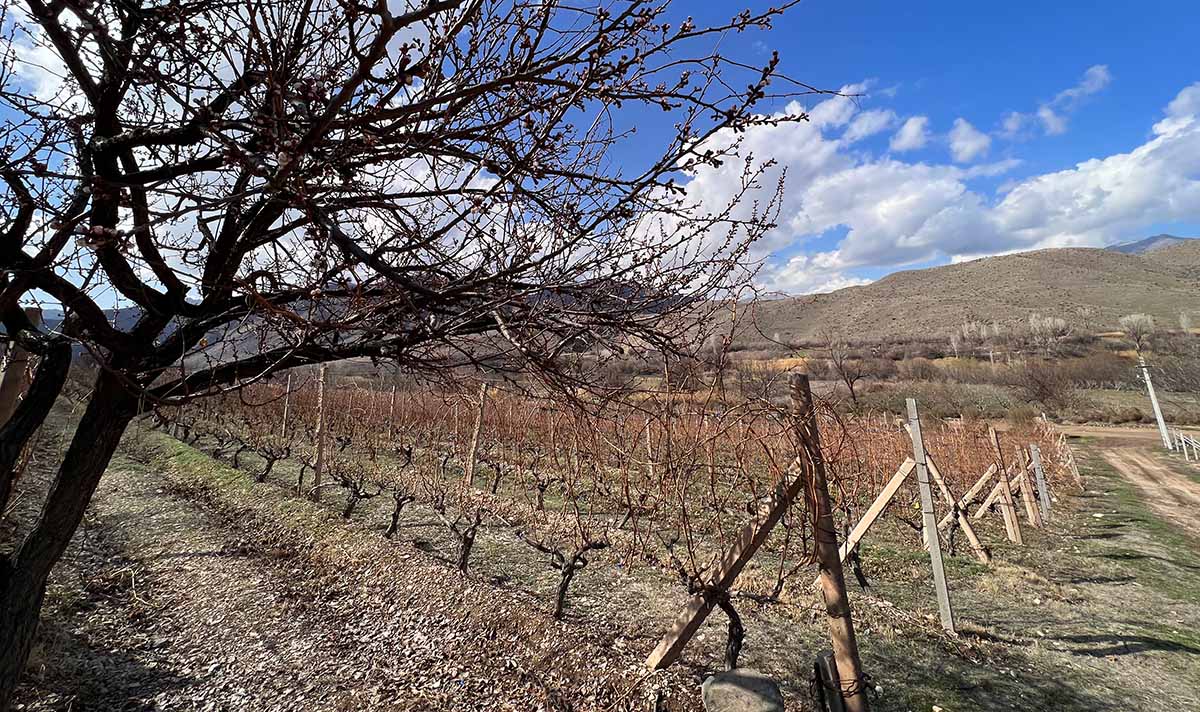
Armenia, a land cradled by majestic mountains and bathed in sunshine, boasts a winemaking legacy stretching back millennia. While Armenian reds, particularly those made from the indigenous Areni Noir grape, garner much attention, the country’s white wines deserve equal acclaim. This article explores the captivating history of Armenian white wine, explores the unique grape varieties used, and unveils the regions best suited for their cultivation.
The Roots of Armenian White Wine
Unearthed in the Areni-1 cave complex, evidence of wine production in Armenia dates back to a staggering 6,100 years. This archaeological marvel, considered the world’s oldest known winery, included fermentation vats, a wine press, and even grape seeds. These remnants not only solidify Armenia’s claim as a winemaking pioneer but also suggest the possibility of white wine production alongside reds even in those early days. Interestingly, it’s believed that these ancient white wines were likely made using a technique called skin contact. In this method, the crushed grape skins are left in contact with the juice for some time during fermentation. This imparts color, tannins, and richer flavors to the wine, resulting in what we now call orange or amber wines.
Over time, winemakers developed methods to minimize skin contact, leading to the paler styles of white wine most common today.
Armenian winemaking, however, has embraced both traditional and modern techniques, offering a fascinating range of white wines for every palate.
Written records further solidify Armenia’s white wine tradition. Greek accounts from the 4th century BC mention Armenian wine, and throughout history, the country has been renowned for its exquisite white offerings. Armenian wine even enjoyed a prominent position on royal tables, a testament to its quality and prestige.
Indigenous Grapes for White Wines
Armenia boasts a diverse range of indigenous grape varieties, each contributing unique characteristics to the country’s white wines. Here are some of the most prominent:
Voskehat
This ancient grape, named for its golden-hued skin, is the heart and soul of many Armenian white wines. Voskehat produces wines with a refreshing acidity, delicate floral aromas, and hints of citrus and apricot.
Kangun
A native white grape known for its high sugar content, Kangun produces wines that are full-bodied and well-rounded. These wines often showcase notes of honey, pear, and white flowers.
Lalvari
This grape variety is known for its bright acidity and floral aromas. Lalvari wines can range from dry to off-dry, and often exhibit notes of citrus, white peach, and honey.
Garan Dmak
Literally translating to “fat tail” in Armenian, Garan Dmak is an ancient grape variety prized for its minerality and refreshing character. Garan Dmak wines are typically light-bodied and offer notes of citrus, green apple, and herbs.
Banants
This lesser-known grape variety is believed to be indigenous to Armenia and is known for its high acidity and potential for producing age-worthy white wines. Banants wines can be quite aromatic, offering notes of white flowers, stone fruits, and herbs.
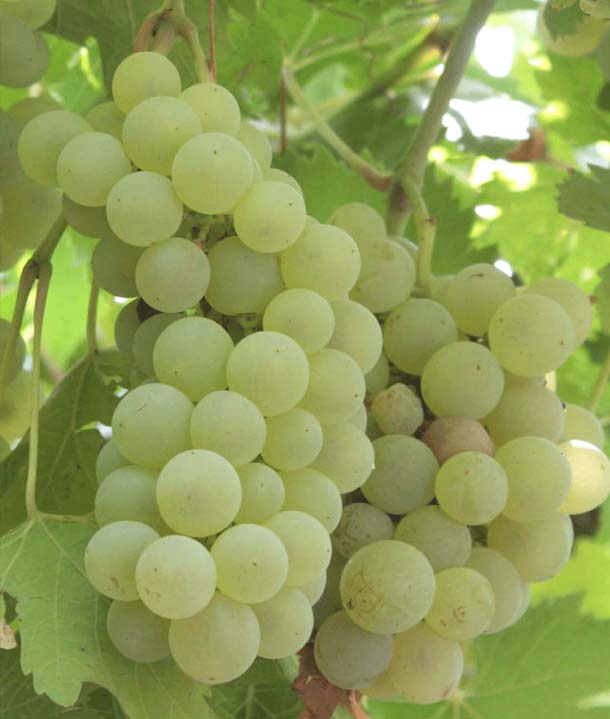
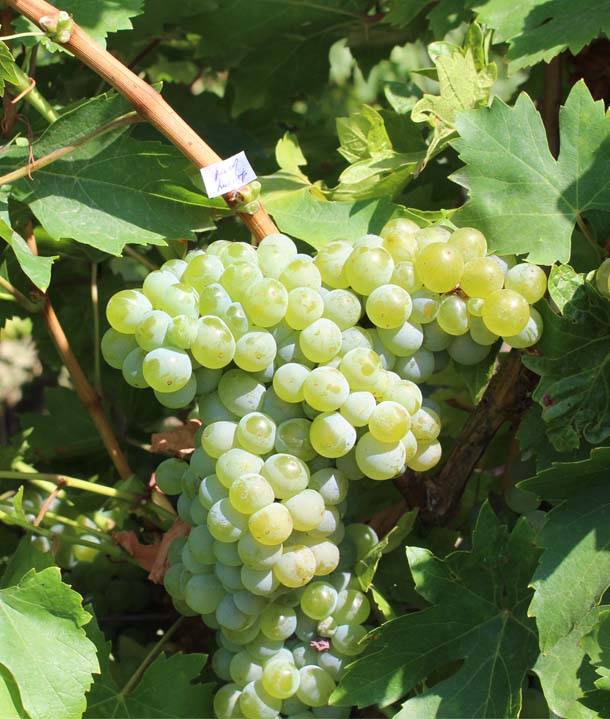
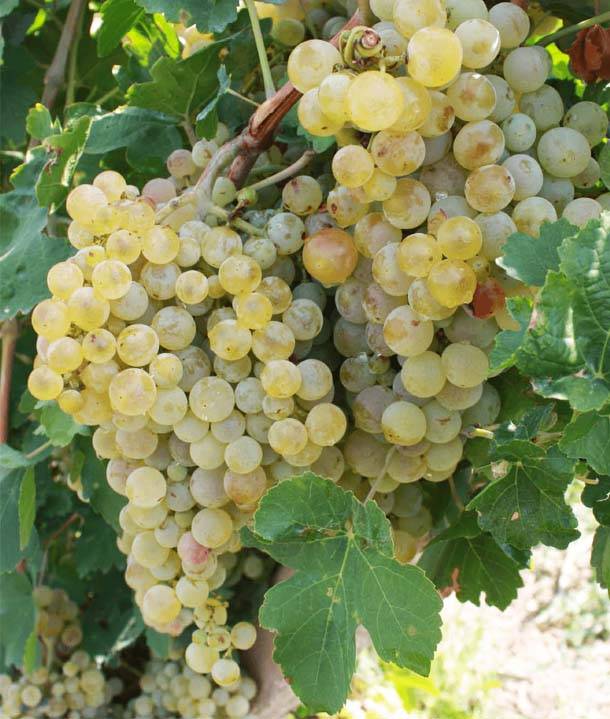
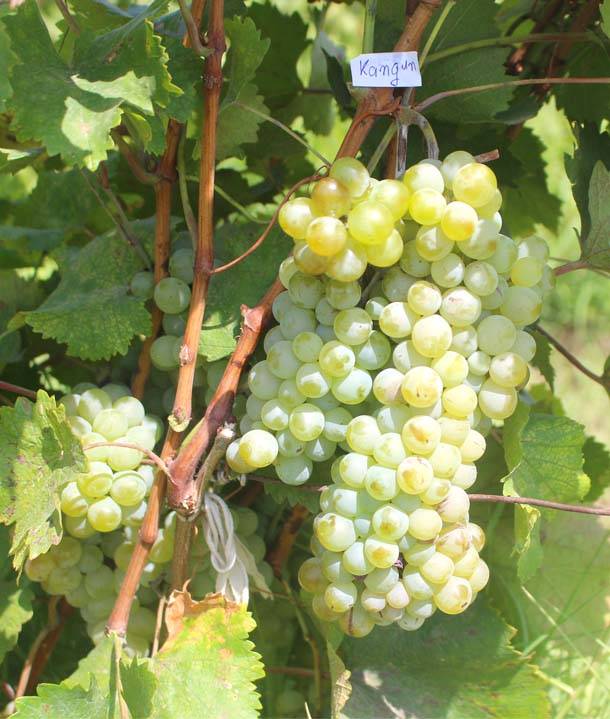
Regions that Shine: Where the Best White Wines are Made
Armenia’s diverse topography plays a crucial role in shaping the character of its white wines. Here are some of the regions renowned for their white wine production:
Ararat Valley: Blessed with a warm climate and fertile soil, the Ararat Valley is particularly well-suited for cultivating Voskehat and Kangun grapes. Wines from this region are known for their full-bodied character and pronounced fruit flavors.
Armavir Region: Located west of Yerevan, the Armavir region offers a slightly cooler climate than the Ararat Valley. This allows grapes like Kangun and Chardonnay to retain their acidity, resulting in wines that are crisp and balanced.
Vayots Dzor: Nestled in the southern reaches of Armenia, Vayots Dzor boasts a high-altitude climate with significant diurnal temperature variations. These conditions favor the cultivation of Garan Dmak grapes, known for producing light and elegant white wines with a distinctive minerality.
Tavush Region: Situated in northeastern Armenia, the Tavush region has a cooler climate that allows grape varieties like Lalvari and Banants to thrive. Wines from Tavush are known for their bright acidity and minerality.
Aragatsotn: Located on the slopes of Mount Aragats, Armenia’s highest peak, the Aragatsotn region offers a cool climate with volcanic soils. This unique terroir is particularly well-suited for cultivating white grapes like Kangun and Banants, resulting in wines with complex flavors and aromas.
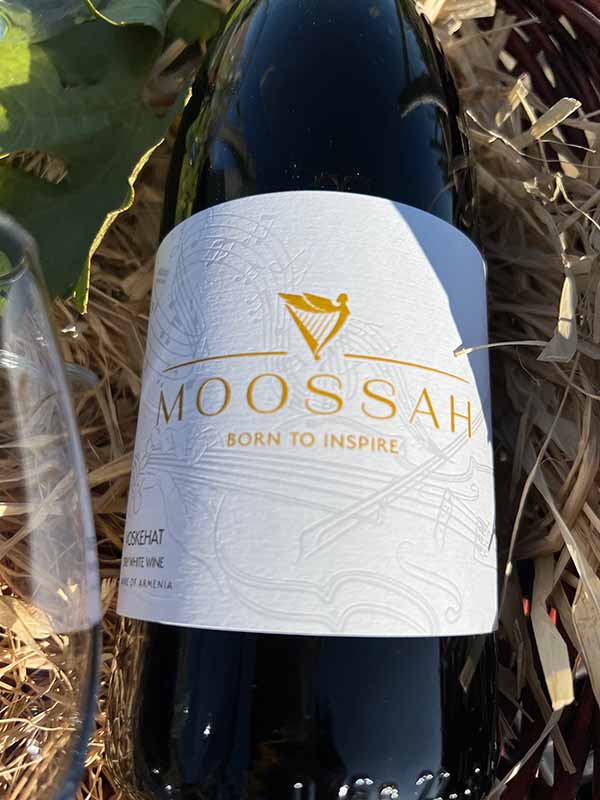
Meet Moossah White Dry
Embodying the best of Armenian white wine, Moossah White Dry is a testament to the quality and potential of the Voskehat grape.
Crafted from 100% Voskehat grapes grown in the sun-drenched Aragatsotn Valley, this exquisite wine showcases the very essence of this noble grape variety.
Expect a vibrant pale yellow color followed by an aromatic symphony of citrus, white flowers, and hints of honey.
On the palate, the wine is crisp and refreshing with a balanced acidity that complements the delicate fruit flavors.
A lingering finish leaves a pleasant impression of minerality, making Moossah White Dry the perfect accompaniment to light appetizers, seafood dishes, and even grilled chicken.
Let's Summarize
Armenia boasts an ancient winemaking tradition dating back over 6,100 years, with evidence suggesting even white wine production alongside reds in their early days. This article explores the unique history and charm of Armenian white wines. It delves into the country’s diverse indigenous grapes like Voskehat, known for its refreshing acidity and citrus notes, and Garan Dmak, prized for its minerality. The distinct characteristics of various regions like the Ararat Valley and Vayots Dzor are explored, highlighting how climate and soil influence the final product. Finally, the article showcases Moossah White Dry, a 100% Voskehat wine exemplifying the quality achievable with Armenian white wines. Overall, the piece encourages exploration beyond familiar white wines, inviting readers to discover the hidden treasures and captivating flavors of Armenia.


